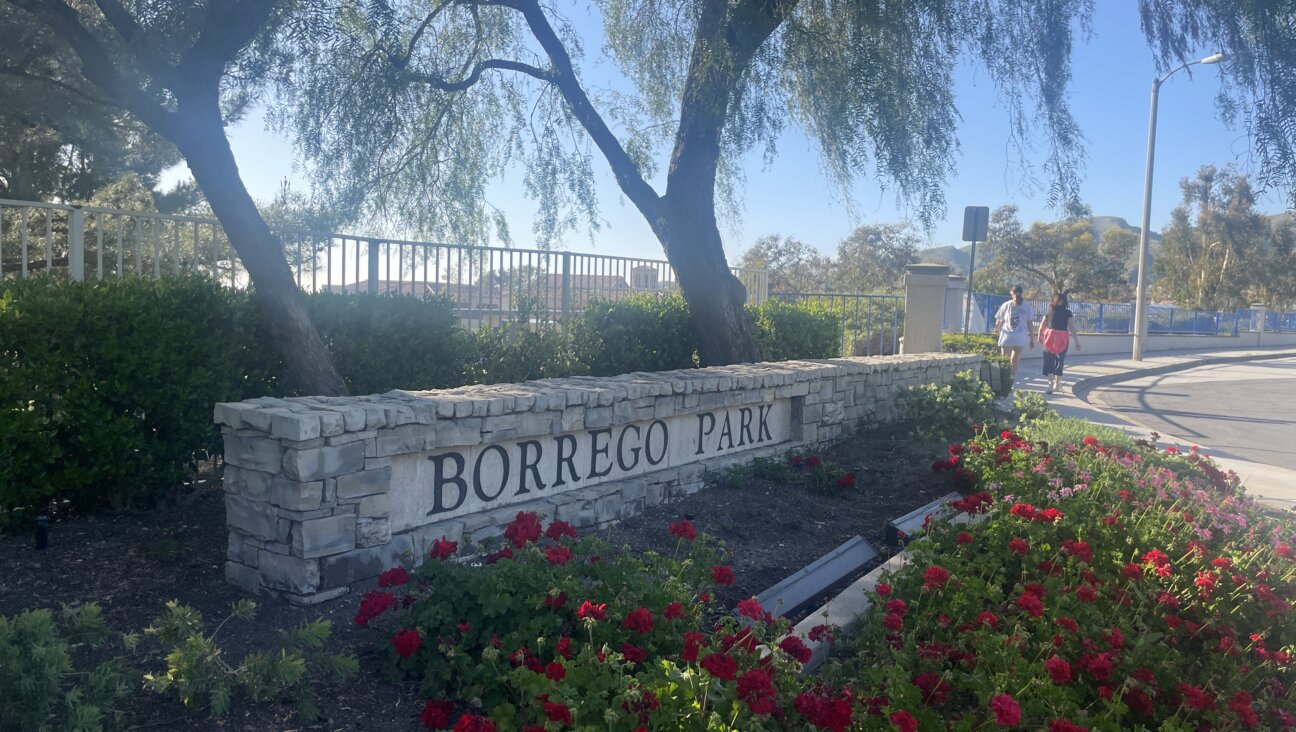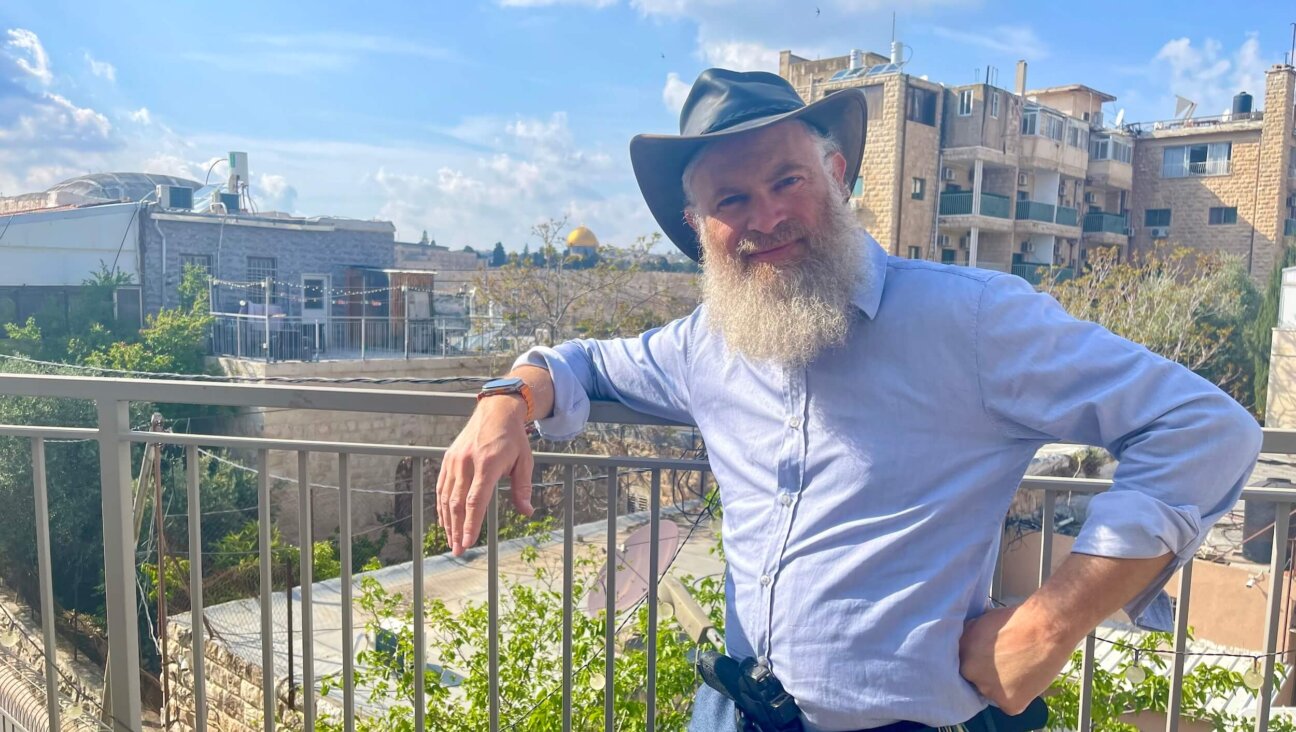Yid.Dish: Baked Eggs San Francisco
The Hazon food conference was my first trip out to California, and boy did I fall in love. After a few days hiking in Big Sur, where sheer cliffs dropped down hundreds of feet to the blue ocean, foam rising rhythmically around small mountains of eroded rock, stretching as far as we could see, I drove North to San Francisco to visit friends. These particular friends had made the move from New York a year before, and they accepted me and my travel buddy on their futon with only a few days notice. At the very least, I owed them breakfast, and in honor of my new surroundings, I tried a new dish.
Our baked eggs that day were made from what was available at the Ferry Plaza farmer’s market. Baked eggs make a very easy, and pretty impressive main course for brunch. They’re versatile as far as seasonality, since eggs, cheese and cream are year-round commodities, and the casserole on the bottom of the dish can change depending on the veggies currently in season. In December in San Francisco, our eggs included mustard greens, spring onions, shitake mushrooms and canned tomatoes preserved with garlic and a few leaves of basil. When I returned to New York in early January, I made my next batch with potatoes sauteed with garlic, onions, lots of ginger, kale, more preserved tomatoes and a few flax seeds sprinkled in for good measure.
The dish does take a lot of equipment and more time than your standard eggs, though the actual work is minimal. I used three pans, one casserole dish for the eggs, a slightly larger, deep baking dish containing just water, and a frying pan to precook the veggies. First, I preheated the oven to 375, then I dripped some olive oil into the frying pan and sauteed the shitake mushrooms with chopped green onions and the preserved tomatoes along with the garlic and basil that they’d been preserved with (you could substitute a small can of whole tomatoes, one clove of garlic and a few leaves of fresh basil when making this at home). I sprinkled in a half teaspoon of salt and pepper, greased my casserole dish and spread the pan mixture out on the bottom. It shouldn’t be too thick on the bottom of the pan, because the eggs need to penetrate the mixture. Once I’d spread it out, I cracked enough eggs over it to cover the surface of the veggies. I carefully dribbled a little cream (in fact, we only had half and half, so I used that. The second time I made this dish I used milk, so it doesn’t matter) and dabbed a few small bits of butter around the top as well. Finally, I grated an obscene amount of hard, salty cheese, in this case Gruyere and about 1/2 to 3/4 of a cup, and spread that out on top of the dish. The cheese should really cover the eggs. Think of it as a two crust pie, once crust is the veggies, and one is the cheese. A light sprinkle of black pepper, and the prep was done.
The casserole dish fits into the larger baking dish, which is filled with water in order to create a steam bath/double boiler effect inside the oven. The whole construction goes into the preheated oven for 30-40 minutes for an eight egg casserole, or until the eggs don’t jiggle like a loose pudding when you jostle the oven rack. By that time, the cheese will be browned, the yolks will be firm and the whole dish will have infused each layer with flavor. It makes for a great excuse to turn the oven on hot for a while in the winter months.
I served mine with a salad based on the Winter Spark salad with young kale, garlic, pomegranates and mandarin oranges, all in season in San Francisco. With toast smeared with goat cheese and honey, we found ourselves on vacation in earnest, and as usual, a breakfast in gratitude for my friends’ kindness and hospitality turned into a pretty good time for myself as well.

I hope you appreciated this article. Before you go, I’d like to ask you to please support the Forward’s award-winning journalism this Passover.
In this age of misinformation, our work is needed like never before. We report on the news that matters most to American Jews, driven by truth, not ideology.
At a time when newsrooms are closing or cutting back, the Forward has removed its paywall. That means for the first time in our 126-year history, Forward journalism is free to everyone, everywhere. With an ongoing war, rising antisemitism, and a flood of disinformation that may affect the upcoming election, we believe that free and open access to Jewish journalism is imperative.
Readers like you make it all possible. Right now, we’re in the middle of our Passover Pledge Drive and we need 500 people to step up and make a gift to sustain our trustworthy, independent journalism.
Make a gift of any size and become a Forward member today. You’ll support our mission to tell the American Jewish story fully and fairly.
— Rachel Fishman Feddersen, Publisher and CEO
Join our mission to tell the Jewish story fully and fairly.
Our Goal: 500 gifts during our Passover Pledge Drive!
























